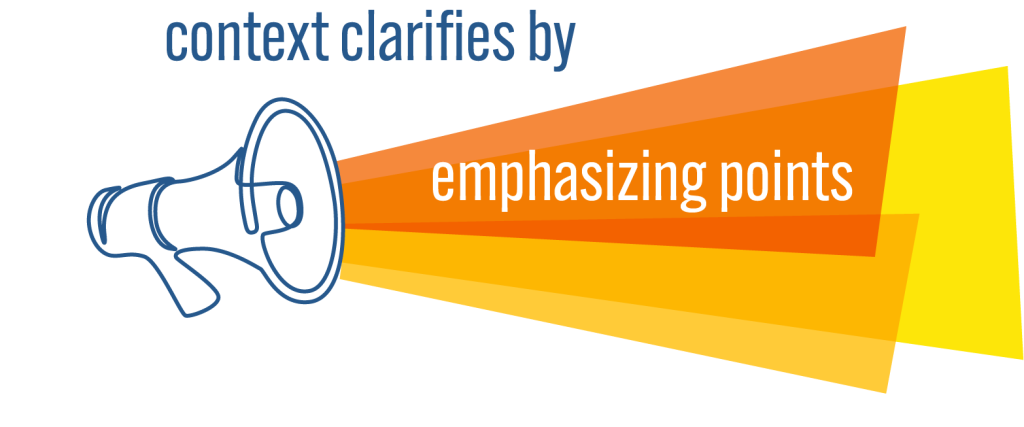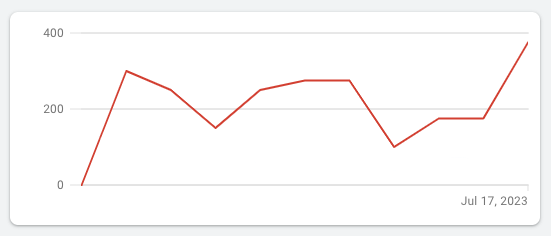PPC Services Highlights
Driving sales with
Pay Per Click management services
Pay Per Click (PPC) makes it possible to grow your business in a fast, scalable way by connecting with the right target audience at the exact moment they’re shopping for what you offer. PPC is powerful because it allows businesses to target buyers based on specific demographics, interests and search behavior.
ContextWest offers the tools, strategies and services to help you achieve outstanding PPC results with maximum reach, engagement and return on your investment. Our team has a deep understanding of the nuances of PPC campaigns – from keyword selection and bid management to ad placement and performance analysis. We don’t simply set up ads and let them run. We constantly monitor and adjust our strategies based on real-time data to make sure your campaigns remain agile and as effective as possible.
Understanding Pay Per Click
PPC provides a direct pathway to connect with potential customers who are actively searching for your products or services. Unlike search engine optimization (SEO) where you have to work to earn site visitors organically, PPC lets you buy visits to your site on a per-click basis to increase your online visibility.
PPC stands out from other digital marketing strategies because it has immediate impact and it’s so scalable. It takes time to build organic rankings with SEO, but PPC campaigns can launch quickly and begin to drive targeted traffic and conversions almost immediately.

mechanics of PPC campaigns
Successful Pay Per Click campaigns require much more than just writing some ad copy and configuring your campaign setup. Set-it-and-forget-it approaches are doomed to fail because ongoing optimization is needed to constantly zero in on your best target audience and avoid online searches that bring you no value.
With PPC, it’s critical that you constantly refine and maximize the reach, impact and overall effectiveness of your ads. Achieving positive outcomes requires a meticulous process and a deep understanding of the key components of PPC.
Here are a few of the basics:

PPC Ad Campaigns:
These are structured sets of ads that promote specific products, services or objectives. Each campaign can have multiple ad groups, each targeting a specific set of keywords or audience segments. Ads can be text only or accompanied by visuals. Strong copy can entice users to click on the ad and take a desired action like making a purchase, signing up for a webinar or completing a contact form.
Ad Spend & Bid Management:
The ad spend is the budget allocated for a PPC campaign on a monthly basis. It's crucial to manage ad spend efficiently and to monitor and adjust the way you bid based on the performance of keywords and ad placements.
Ad Scheduling & Geo-Targeting:
It’s important to run ads during peak times when your target audience is most active. You also need to run ads in the specific regions or locations where your potential customers are most likely to reside.
Keyword Research & Optimization:
It’s vital that you research the keywords and keyword phrases that potential customers are using when searching for products or services like yours. You also need to continuously review and refine your keywords to ensure your ads are appearing for the most relevant search queries and resulting in the highest possible number of conversions.
Click-Through Rate:
Achieving a high click-through rate (CTR) is important since it indicates that an ad is resonating well with its audience and effective in driving traffic to your landing page.
Conversion-Rate Optimization (CRO):
Your conversion rate is even more important than your click-through rate because it indicates how many people are making purchases, filling out forms or taking other desired actions. Conversion-rate optimization involves analyzing which keywords and ads are converting the best and driving the highest rate of success.
Client Results:
+0
Increase in Click Through Rates

+0
More Conversions in 4 Months

PPC platforms
Google Ads is the premier platform for PPC advertising. The vast reach of Google’s search and display networks along with Google’s advanced targeting and analytics capabilities make Google Ads the #1 choice for PPC campaigns.
Bing Ads target a significantly smaller audience of people, but since Bing comes standard with PCs that run Microsoft products, its use as a search engine is actually quite widespread. For some industries, Bing Ads can prove to be incredibly valuable.
Social media channels like Facebook, Instagram, LinkedIn, X, TikTok and YouTube all provide excellent PPC options. These platforms enable you to place ads that target specific user demographics and interests. Each one offers its own advantages and lends itself to specific types of audiences.
The art of
crafting effective PPC ads
Ad copy is critical in PPC advertising because it’s your most powerful means of attracting potential customers to your brand in the digital space. Compelling, well-crafted ad copy can make all of the difference in the world when a user is deciding whether to click on an ad or scroll past it. If you want your ad to resonate with your target audience, it needs to be concise, relevant, and possibly even witty or playful in the way it brings across your brand message and entices users to learn more.
The keys to creating landing pages with high conversion rates:

First impressions matter:
Your landing page is the first lengthy interaction a user will have with your brand after clicking on your ad. A well-designed page will create a positive first impression and help to drive immediate results.
Alignment with your ad message:
When users click on your ad and arrive on your landing page, they should immediately feel like they’ve come to the type of place they were looking for. Your landing page content needs to be in perfect alignment with the messaging in your ads. If there are images in your ads, the landing page should match the same visual style.
Optimized user experience:
User-friendly design, clear calls to action and fast load times can significantly improve your user experience, which will lead to higher conversion rates and more sales.
Data collection:
Adding forms to landing pages is essential for lead generation since they allow you to collect valuable user information. You should arrange for your sales team to follow up with these people as well as add them to your marketing database for retargeting or future outreach to promote other marketing initiatives.
A/B testing:
It’s wise to A/B test various landing page options to experiment with different designs or content and move forward with the most effective version for converting visitors.
